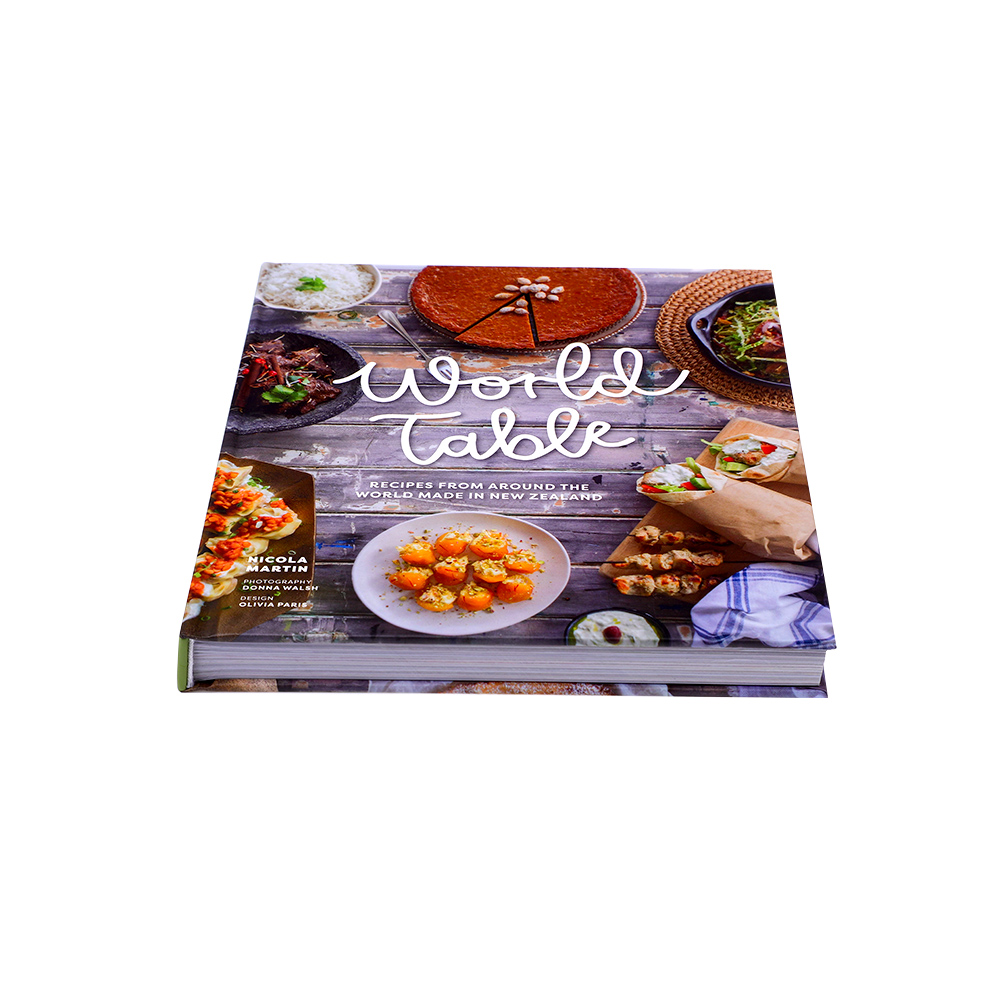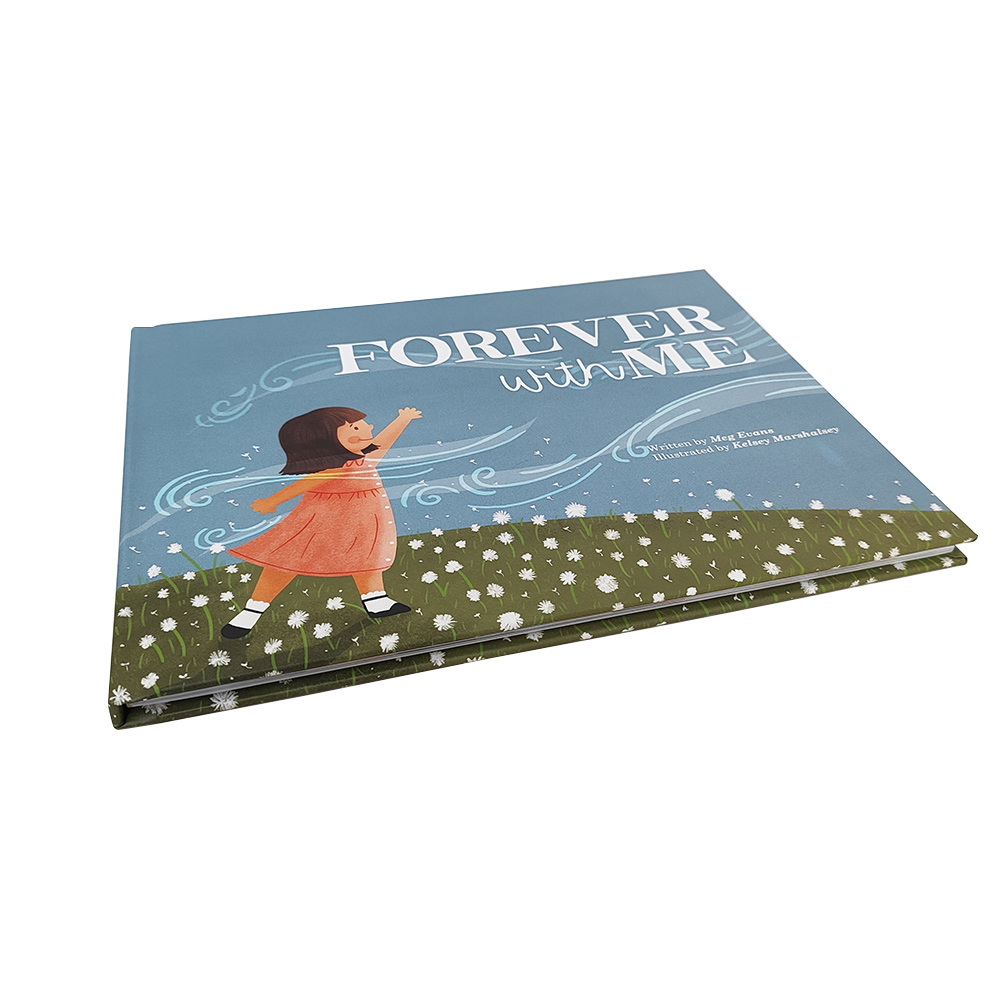Сколько стоит напечатать книгу?
Оглавление
When embarking on a book printing project, one of the first questions authors and publishers face is: how much does it cost to print a book? The cost of book printing can vary greatly depending on numerous factors such as the type of book, print quantity, page count, materials, and the printing method used. For first-time authors or those new to the publishing industry, understanding these factors is crucial to make informed decisions and avoid unnecessary costs.
In this article, we will explore the different factors that influence the cost of printing a book, provide insight into the most common pricing structures, and offer advice on how to minimize printing costs while maintaining high-quality standards. Whether you’re printing a hardcover, paperback, or hardcover edition, this guide will help you better understand the cost breakdown involved in book printing.
Key Factors Affecting the Cost of Printing a Book
The cost of printing a book is determined by several variables, each of which plays a significant role in the final price. In this section, we will discuss the most important factors that affect printing costs, helping you identify where costs can be adjusted according to your needs.
1. Количество отпечатков
One of the biggest factors influencing the cost of printing a book is the number of copies you wish to print. Typically, the more books you print, the lower the unit price. Bulk printing allows manufacturers to save on setup costs, paper stock, and other production costs, which results in a lower cost per book for larger print runs. However, for smaller print runs, the per-unit cost tends to be higher due to the setup fees and lack of economies of scale.
2. Book Type (Hardcover, Paperback, or Spiral)
The type of book you are printing also greatly affects the price. Hardcover books generally cost more to produce due to the additional materials required for the cover and binding process. Paperback books, on the other hand, are more affordable to print, making them a preferred option for authors or publishers on a budget. Additionally, books with spiral binding or other specialty formats will come with their own set of pricing factors to consider.
3. Page Count and Paper Quality
The number of pages in your book is a significant determinant of printing costs. A higher page count means more paper and ink, which directly increases the cost. The type of paper you choose is another important factor. High-quality paper stocks, such as glossy or thicker paper, will raise the overall cost of production, while standard options may provide cost savings without compromising much on the final product’s quality.
4. Book Dimensions and Design Complexity
The size of the book plays a key role in determining the price. Custom dimensions or oversized books often incur additional production costs, while standard sizes help keep costs low. Furthermore, the complexity of the book’s design (including custom illustrations, complex layouts, and cover finishes) will also affect the final price. Special features such as foil stamping, embossing, and custom coatings will increase the price as they require additional machinery and labor.
5. Printing Method (Offset vs. Digital Printing)
The choice of printing method is crucial in determining the final cost. Offset printing is typically the best option for large print runs (over 500 copies), offering a lower per-unit cost. However, offset printing requires expensive setup costs and longer lead times. On the other hand, digital printing is more cost-effective for smaller print runs and allows for a faster turnaround time. While digital printing per unit can be higher than offset, it avoids large upfront costs and may be a better choice for limited editions or testing markets.
Price Comparison for Different Print Runs
Understanding how printing costs change depending on the number of books you are printing is key to optimizing your budget. Below is a price comparison table that shows typical price ranges based on different print quantities, types of books, and finishes.
| Print Run Size | Цена за книгу | Total Cost (for 1,000 copies) | Factors |
|---|---|---|---|
| Малый тираж (менее 500 экземпляров) | $6 – $15 | $6,000 – $15,000 | Higher setup costs and paper costs. Limited flexibility in quantity. |
| Средний тираж (от 500 до 1000 экземпляров) | $3 – $6 | $3,000 – $6,000 | More affordable, better economies of scale. Still suitable for customization. |
| Большой тираж (1000+ экземпляров) | $2 – $4 | $2,000 – $4,000 | Lowest cost per unit. Ideal for bulk orders and mass-market distribution. |
| Специальные функции (например, тиснение фольгой, конгрев) | $1 – $3 extra per book | Additional $1,000 – $3,000 | Special effects add to the unit cost depending on the complexity. |
Choosing Between Print-on-Demand vs. Traditional Printing
Another important decision in the book printing process is whether to use print-on-demand (POD) services or go with a traditional printing method. Each option comes with its advantages and trade-offs. In this section, we will compare the benefits and limitations of both options.
Print-on-Demand (POD) Printing
Print-on-demand services, such as those provided by companies like IngramSpark and Amazon KDP, allow you to print books only when they are ordered. This eliminates the need for upfront printing costs and large storage space for inventory. POD is particularly beneficial for authors who want to print small quantities or for those who plan to distribute their books through online channels. However, the cost per unit for POD printing is higher compared to traditional printing, especially for larger quantities.
Traditional Printing
Traditional printing methods, including offset printing, are typically best suited for larger print runs (500+ copies). Traditional printing offers a lower unit cost for bulk orders and allows for greater flexibility in terms of customization and special finishes. However, traditional printing requires a significant upfront investment, which might not be suitable for small authors or publishers with limited budgets. Additionally, lead times are often longer, and managing large quantities of inventory can be challenging.
How to Minimize Printing Costs While Maintaining Quality
While printing a book involves several factors that affect the final cost, there are various ways you can minimize printing expenses without sacrificing the quality of the final product. Below are some helpful tips on how to optimize your book printing project.
1. Order in Bulk
As discussed, ordering in bulk significantly reduces the cost per unit. If you’re confident in the demand for your book, consider printing a larger quantity to take advantage of economies of scale. This will allow you to lower the cost per copy, especially if you plan on distributing the book widely.
2. Standardize Book Dimensions
Opting for standard book sizes rather than custom dimensions can help reduce production costs. Custom-sized books require more specialized machinery, which adds to the overall cost. Standard sizes also allow for more flexibility in pricing and printing options.
3. Simplify the Design
Reducing the complexity of your book’s design—whether it’s the cover, interior layout, or paper choice—can help reduce costs. While intricate designs can make your book stand out, they also require additional production steps and materials. Consider balancing aesthetic appeal with cost efficiency to ensure quality without overextending your budget.
4. Use Print-on-Demand for Small Runs
If you’re only printing a small quantity, print-on-demand services may be your best bet. POD avoids the upfront costs and risks associated with large print runs, making it ideal for authors and publishers who only need a limited number of copies.
Conclusion: Navigating the Cost of Printing a Book
The cost of printing a book is influenced by several variables, including the number of copies, book type, page count, paper quality, printing method, and design complexity. Understanding these factors and how they impact pricing is crucial for authors and publishers seeking to optimize their budgets. Whether you choose print-on-demand or traditional printing, it’s essential to balance affordability with quality to achieve the best results for your book.
By considering your book’s specific needs, exploring different pricing options, and following the strategies outlined in this article, you can make informed decisions and achieve the most cost-effective printing solution for your project.
Печать книг
Новые продукты
Последний блог
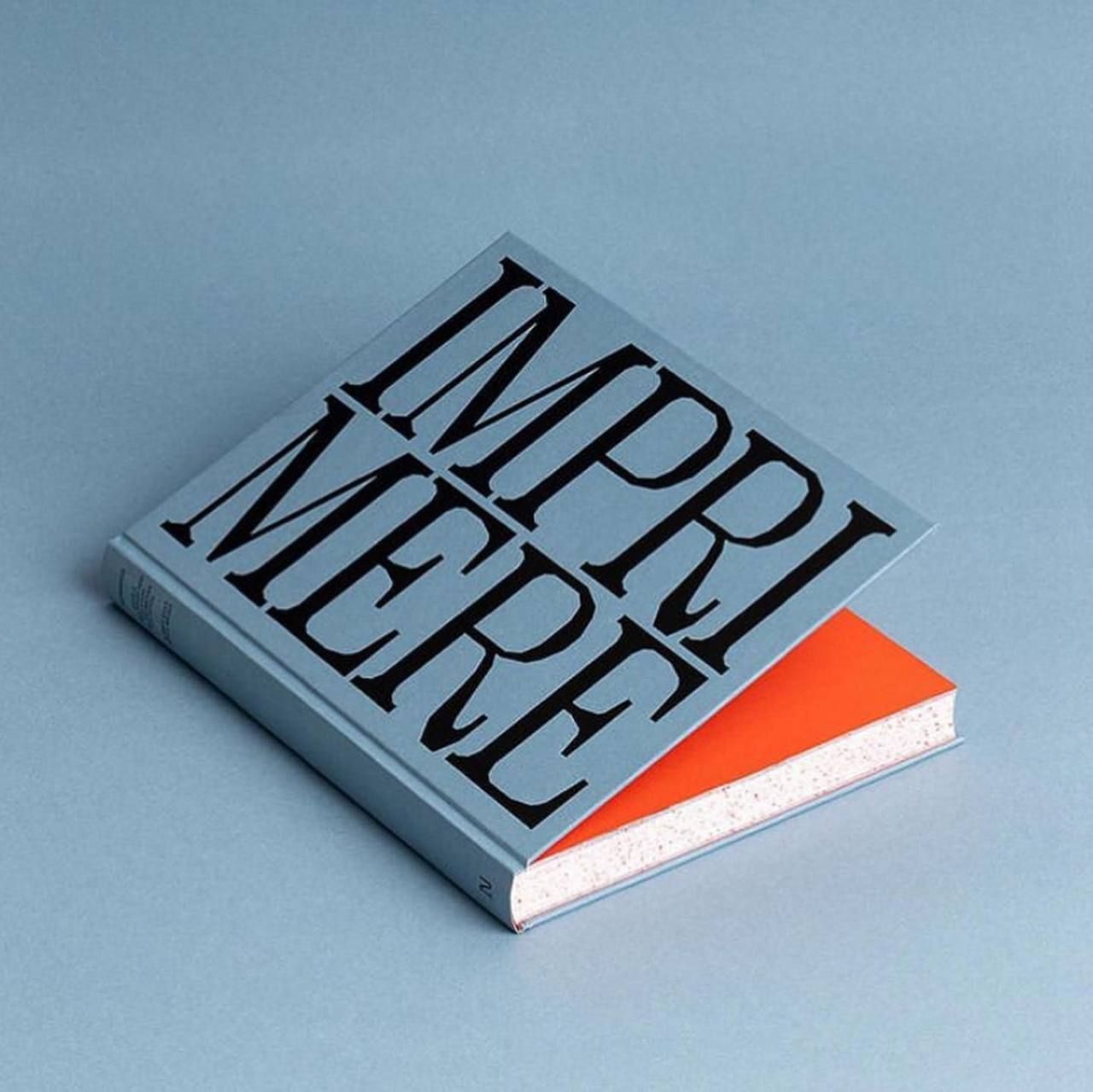
Полное руководство по созданию индивидуальных обложек книг
Если вы решили заняться самостоятельной публикацией книг, одной из ваших главных забот станет поиск экономичных вариантов печати книг.
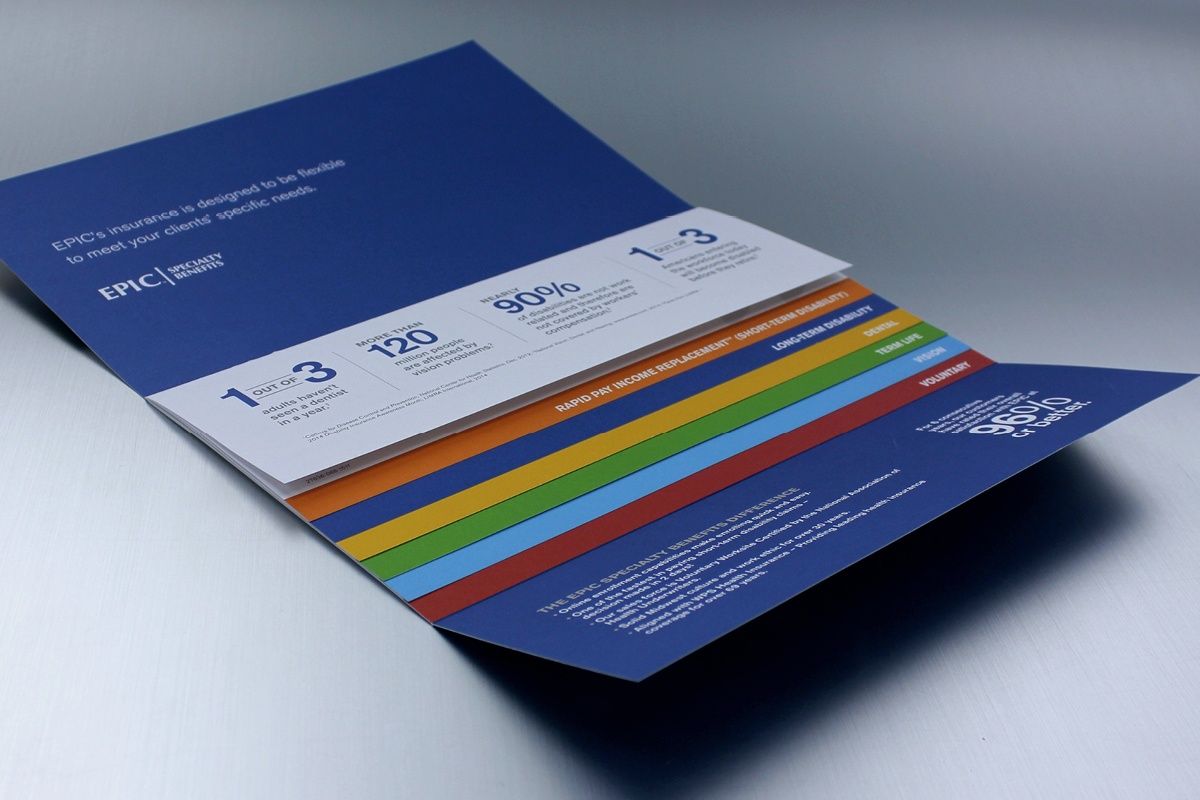
Почему печать буклетов остается мощным маркетинговым инструментом для вашего бизнеса
В постоянно меняющемся мире цифрового маркетинга и технологических достижений может показаться, что традиционные методы маркетинга, такие как печать буклетов, теряют свою актуальность.
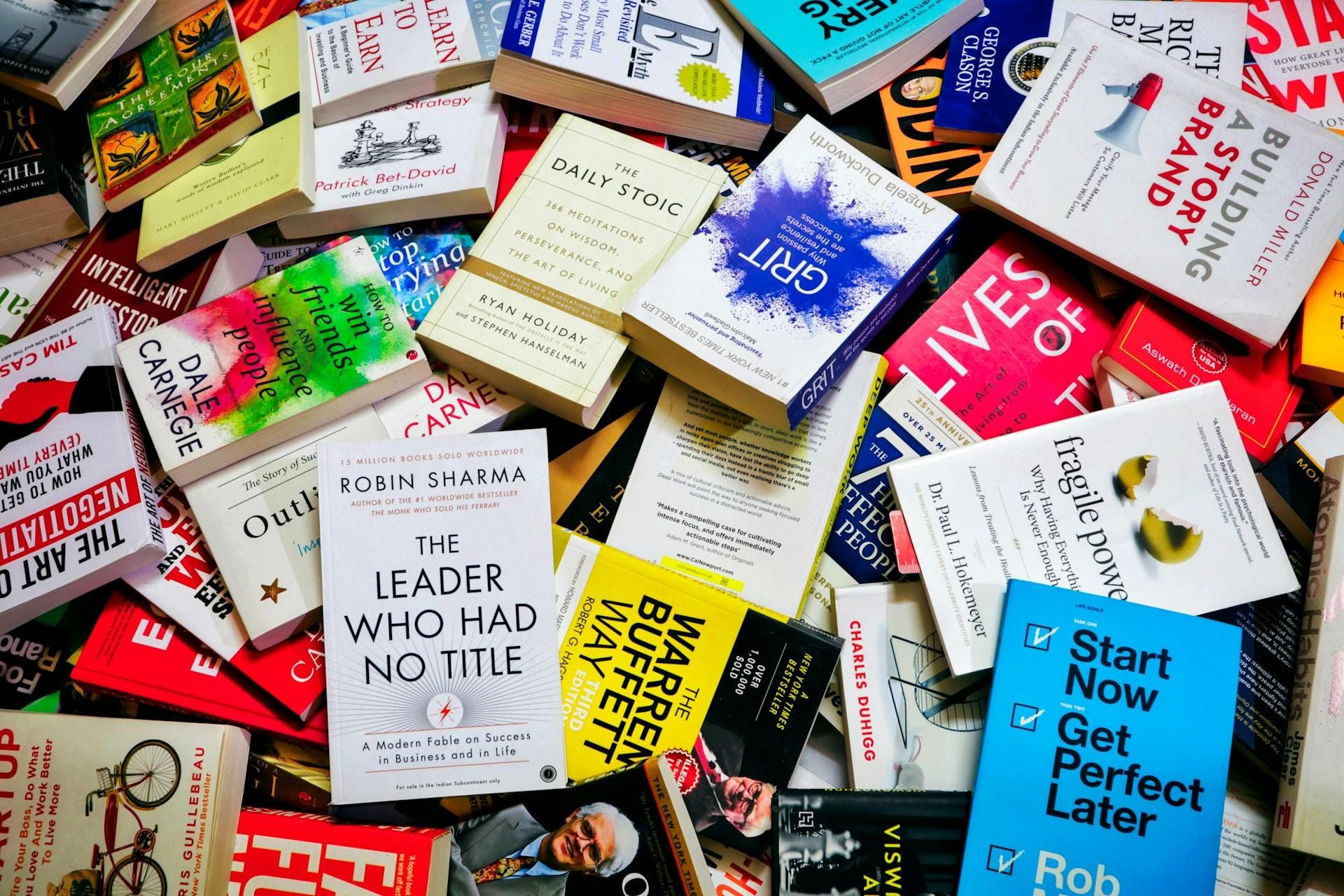
Как напечатать книгу
Самостоятельная публикация все чаще становится идеальным выбором для писателей и создателей контента, которые хотят сохранить контроль над своей работой от создания до продажи. В отличие от традиционной публикации,
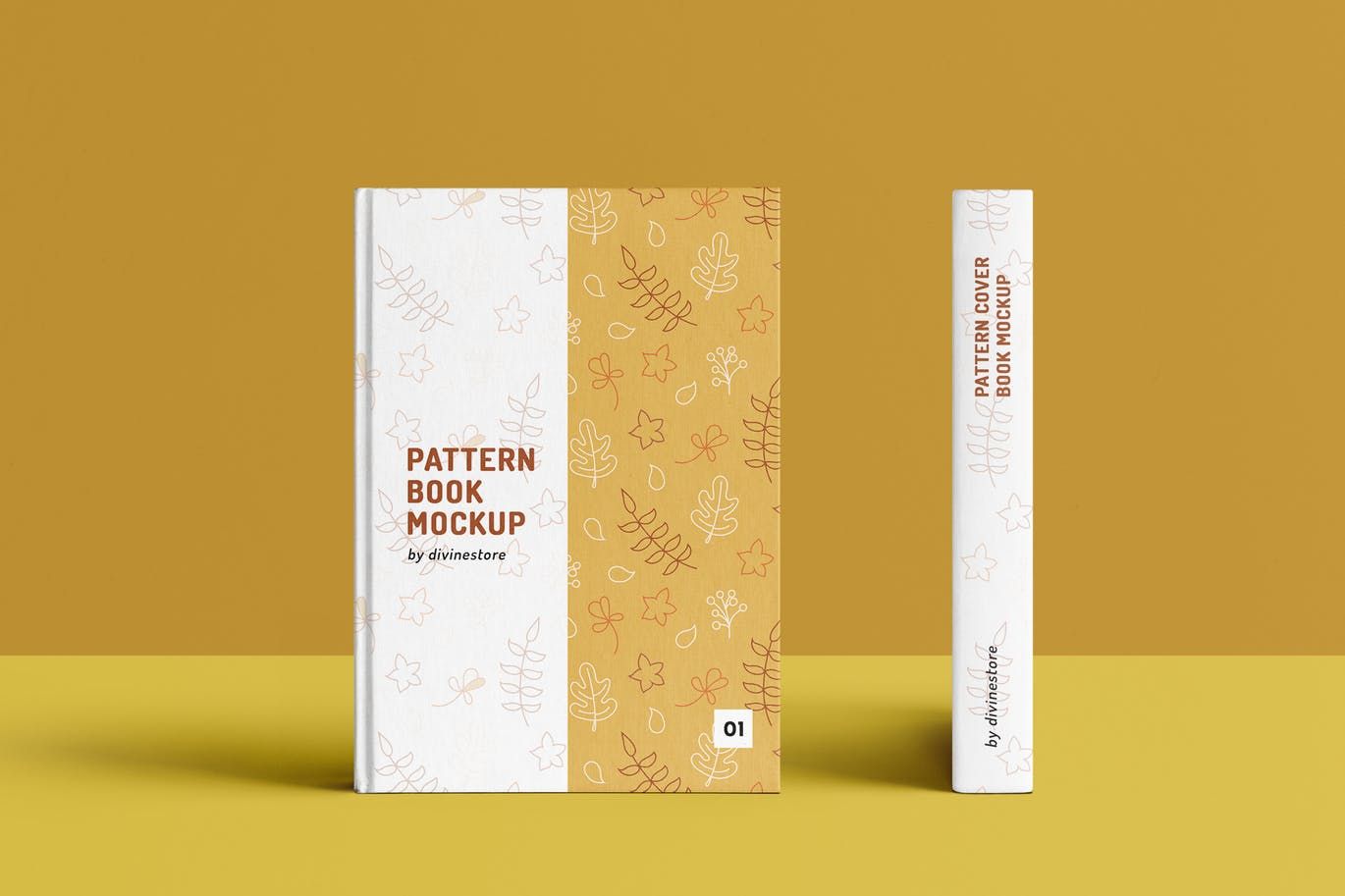
Почему выбор профессиональных услуг по печати книг — это разумная инвестиция в ваш проект
Книги обладают вневременным очарованием, предлагая уникальный способ передачи знаний, историй и идей. Несмотря на рост цифрового чтения,
Связаться с нами
- +86 13946584521
- info@booksprinting.net
- 8:00 - 22:00 (пн - вс)
Комментарии
Сопутствующий блог
Узнайте о новейших тенденциях и общих знаниях в сфере книгопечатания.
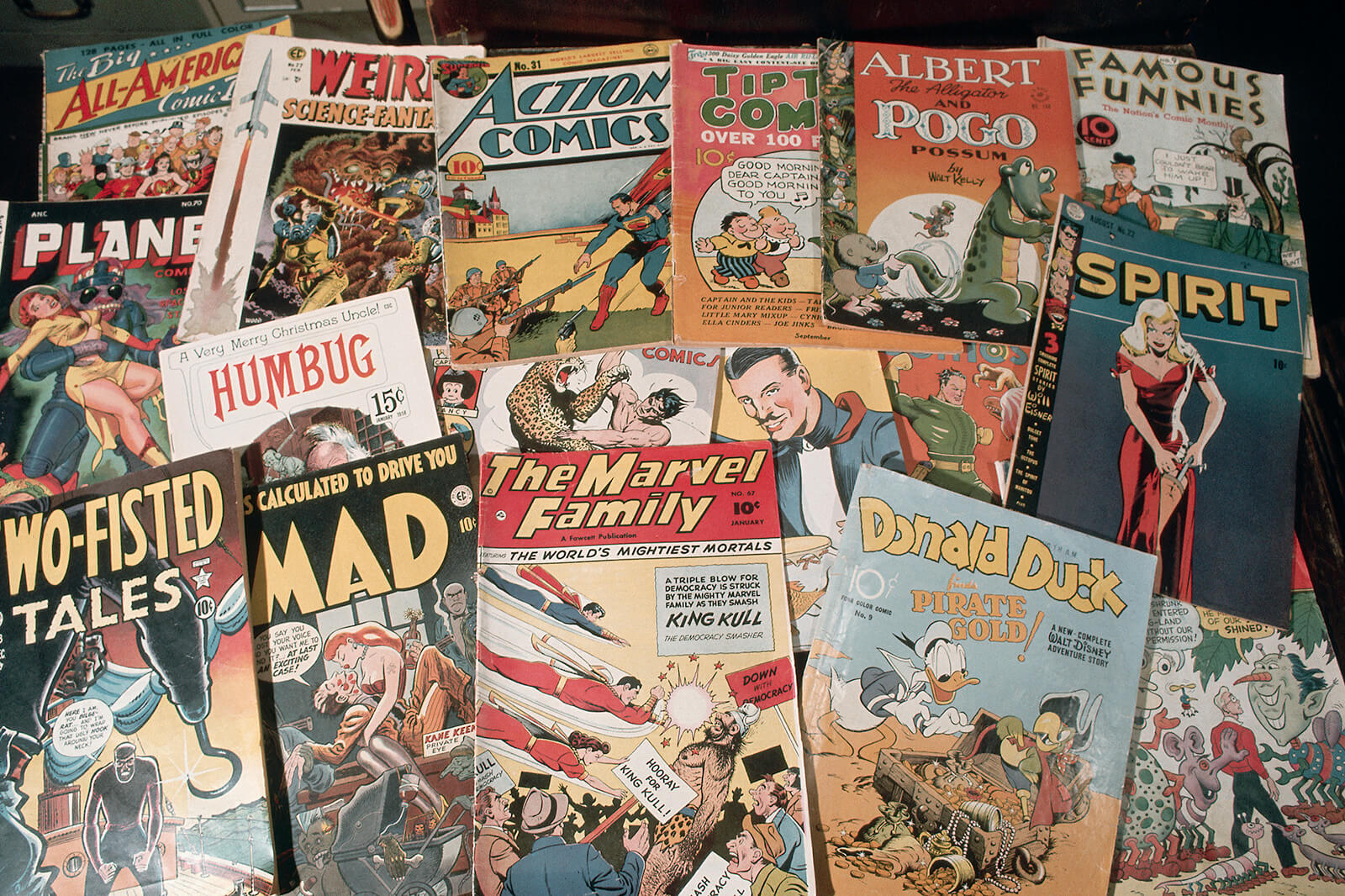
Сколько стоит напечатать комикс?
Создание комикса — это не просто проект; это страсть, которая сочетает в себе повествование, артистизм и предпринимательский дух. Для многих художников и писателей

Почему выбор профессиональных услуг по печати книг — это разумная инвестиция в ваш проект
Книги обладают вневременным очарованием, предлагая уникальный способ передачи знаний, историй и идей. Несмотря на рост цифрового чтения,
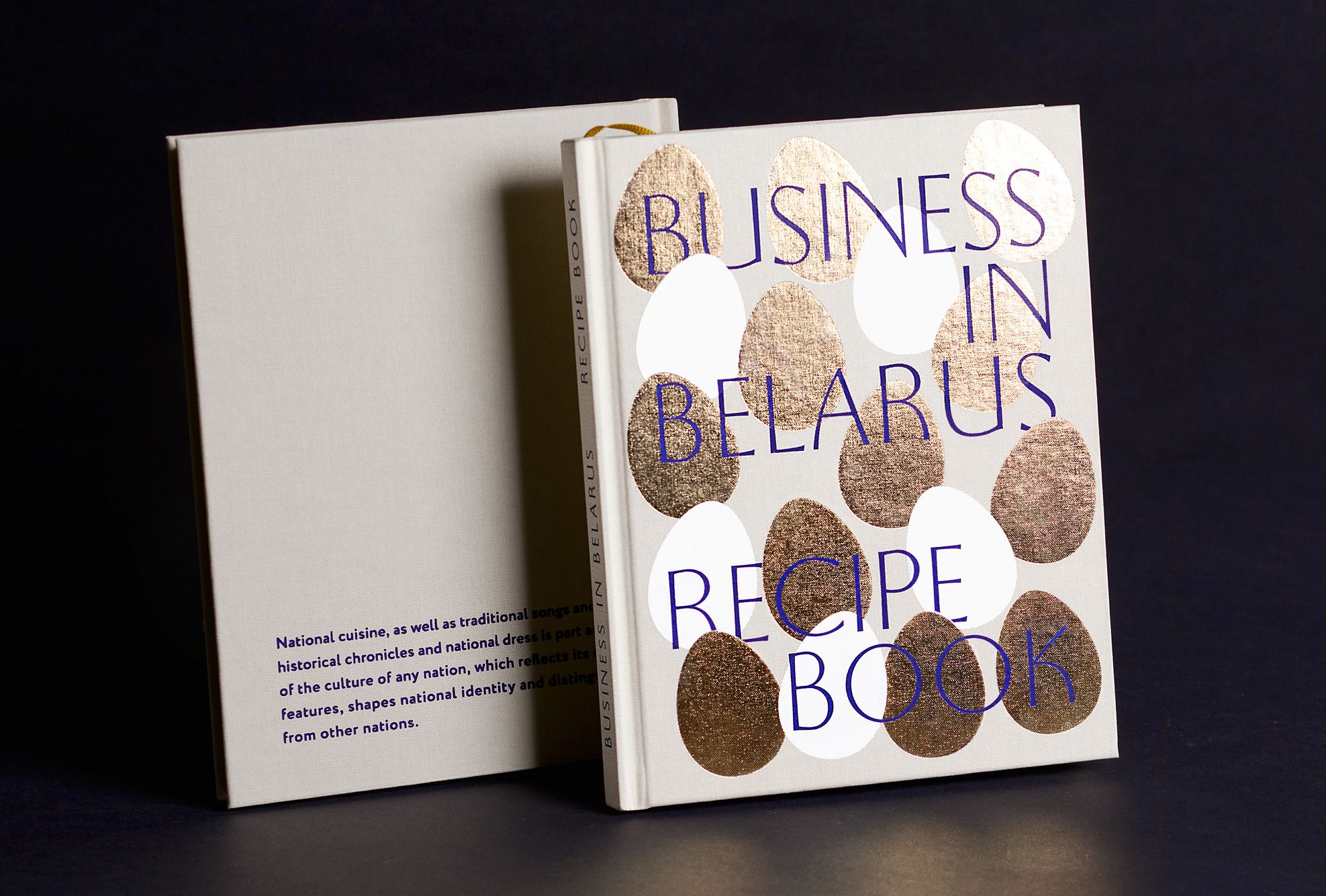
Как выбрать лучшую фабрику по изготовлению книг на заказ в Китае
В сегодняшнюю цифровую эпоху число услуг по печати книг на заказ выросло в геометрической прогрессии, каждая из которых предлагает широкий спектр опций для удовлетворения различных потребностей. Если вы хотите напечатать личную книгу,
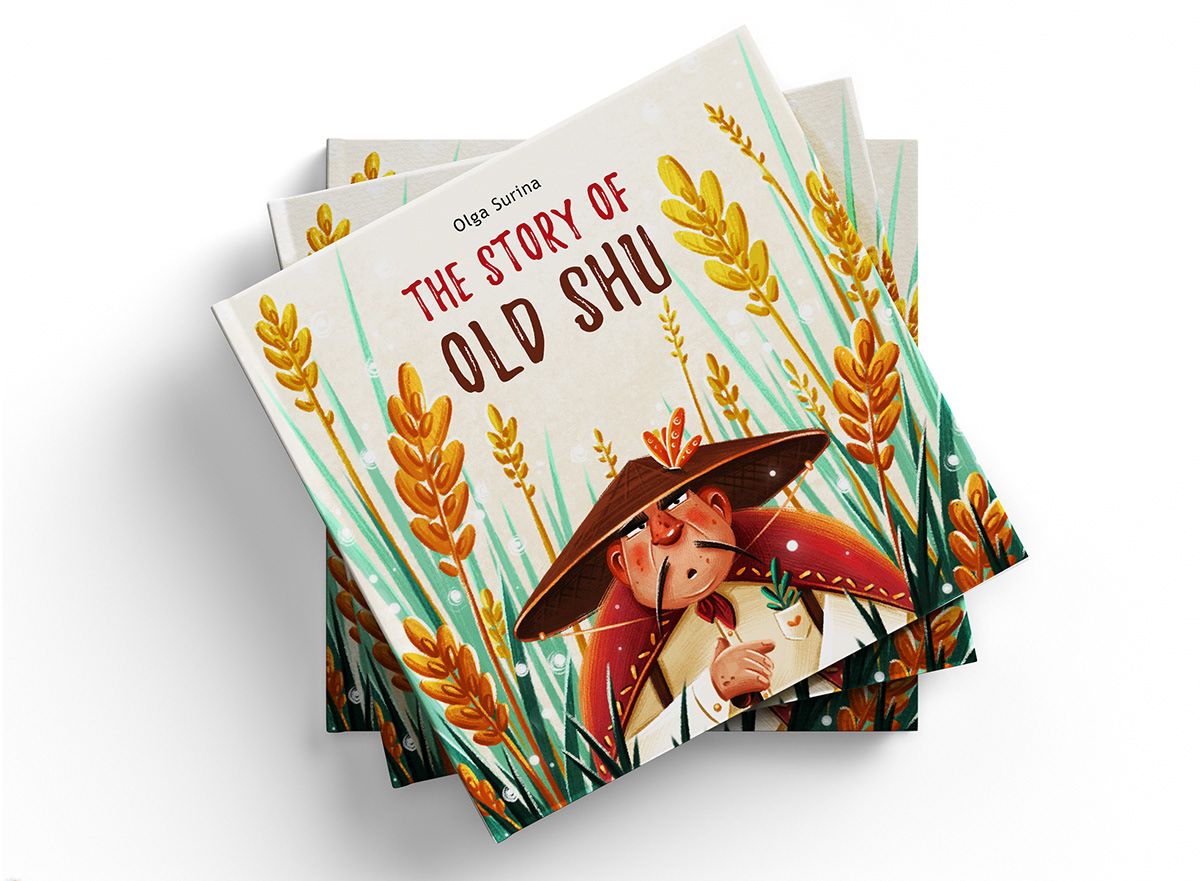
На какой бумаге печатаются детские книги?
При создании детской книги важен каждый элемент, особенно выбор бумаги. Выбор правильного типа бумаги может улучшить внешний вид книги,



